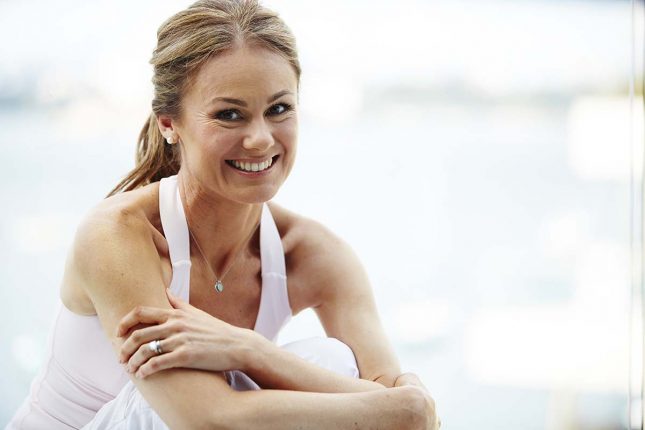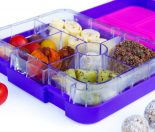Children who refuse to eat certain things (or in some cases, most things) can be extremely frustrating for parents who want to ensure their little ones are getting the nutrition they need in their growing bodies.
Some version of the words ‘I don’t like that’ before even tasting a mouthful, are echoed New Zealand-wide by fussy children who won’t be swayed by even the sneakiest vegetable inclusion to a meal. Research suggests it can take children up to 7 interactions with a food before they accept it. Many parents are exhausted after the first attempt!
Since many of us have lasting memories from our own childhood of being made to sit at the dinner table until we’d eaten everything on our plate — or going hungry if we refused to eat — many parents want to do things differently with their own children. So, how do we teach children to make nutritious food choices?
Currently, in developed countries there are 42 million obese children between the ages of zero and five years. If this trajectory continues, by 2025 there will be 70 million obese children.
As adults, we’re responsible for that. This statement isn’t designed to elicit guilt. It’s just how it is. Children are too young to make their own food choices at that age. We are their guides; and they observe, and mimic, what we do.
So, how do we get our little humans to consume the whole, real foods that fuel their bodies with the nutrients they require? And how do we foster in them a positive relationship with food from a young age?
As with most challenges with children, it requires patience, consistency and a whole lot of resilience! Here are some strategies you can use to get your children over this nourishment hurdle, and teach your children how to make nutritious food choices.
Dr Libby’s 3 top tips for teaching children nutritious food choices
Explain the nutritional value to them
Children are curious creatures, always wanting to know how things work and the ‘why’ behind them.
Instead of suggesting that they eat something because it’s ‘healthy’ (a word that has no real context to most young children), explain the benefit of eating a particular thing.
For example, tell them that an orange is a good food choice because it contains vitamin C, and this helps your body to not catch a cold. Even from a young age, when children start to hear the ‘so what’ – the reason the orange is a good choice for them – they’re more likely to eat the food. You can also link the nutritious food choice to something they care about, for example, becoming a great rugby player or dancer.
The same technique can also be used for foods that have much lower nutrient value. Now that you’re basing your food explanations to children on nourishment (what the food contains and why this helps them), you can also explain that a highly processed food doesn’t contain anything that helps them. You can tell them it’s best they only eat these foods occasionally – such as at birthday parties.
Involve them in the preparation and cooking process
Children who are included in food preparation and the cooking of meals are more likely to get excited about eating what you’ve created together.
It also provides an excellent opportunity to explain to them the nutritional benefit of each ingredient that goes into food. This may not work as an ‘every day’ strategy since it may not be a quick process, but involve them as often as it works for you. For older children, give them specific tasks (such as washing the vegetables) or assign a night of the week where they plan the menu (with guidance of course) and you cook together.
As children begin to learn what’s actually in their food, they’ll begin to foster a positive relationship with those foods that are most beneficial to them.
Change your language around food
We’ve been conditioned to perceive foods as either ‘healthy’ or ‘unhealthy’. Foods aren’t healthy—they are nutritious. Or not. Humans are healthy. Or we are not.
It’s more accurate, and more beneficial, to describe a food as nutritious or nourishing, rather than healthy or unhealthy.
It changes the conversation entirely about any food we’re about to put in our body and can help to strip away confusing, and often conflicting nutrition or health information, that comes from well-meaning voices in the health and nutrition world.
It’s time we became more accurate in our use of language about food, for ourselves as well as for our children. The language we use can set up the way they relate to food and the choices they’ll make across their lifetimes. The older children become, the more they’ll have created their own perception about what is ‘healthy’.
For some children, healthy and food in the same sentence is a win and something they want to partake in. While for others, they link ‘healthy’ to ‘yuck’. Through food language and explanations that are meaningful to them, you can help children to establish a pattern of making nutritious food choices they’ll perceive as beneficial for their bodies throughout their whole lives.
Dr Libby has just released her latest book Women’s Wellness Wisdom and you can catch her speaking across the country during October with her From Surviving to Thriving tour.






